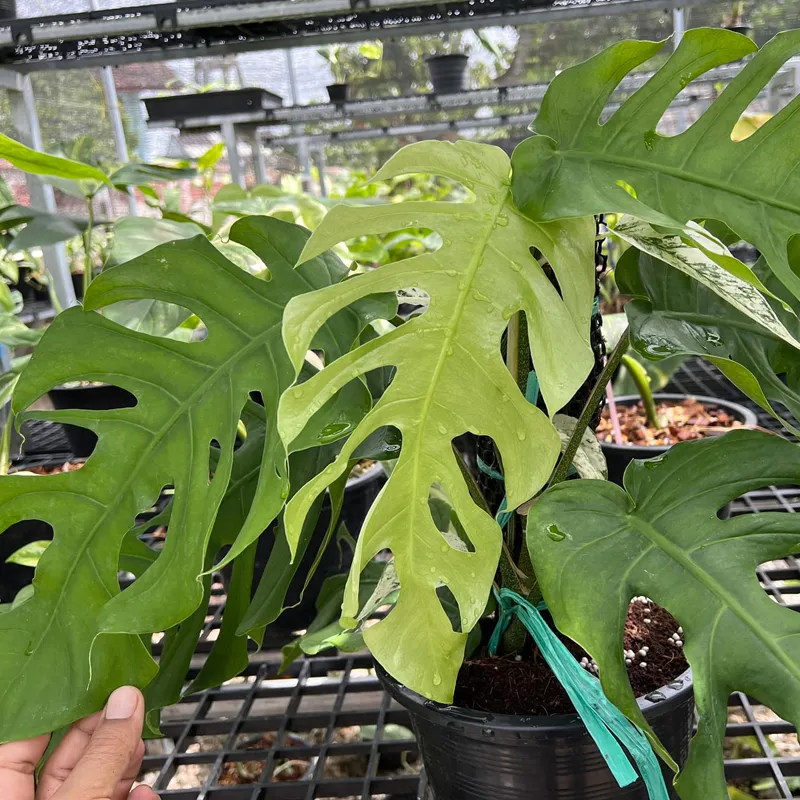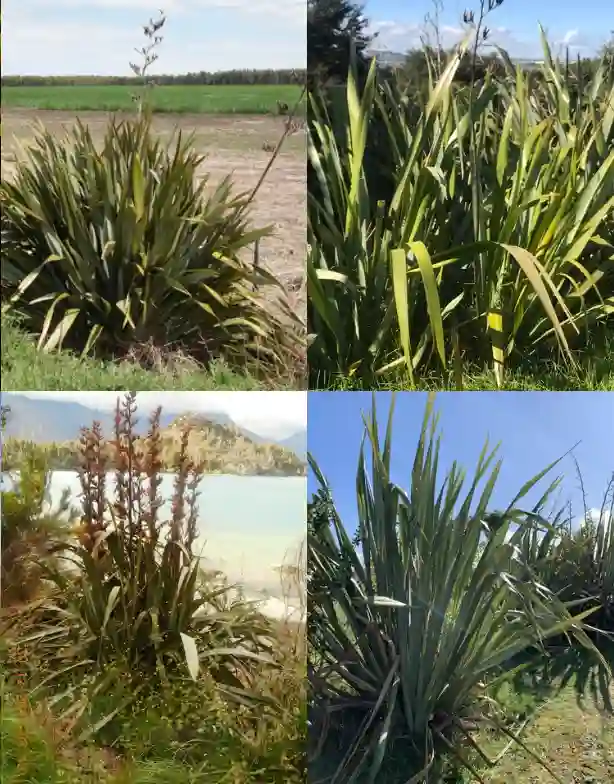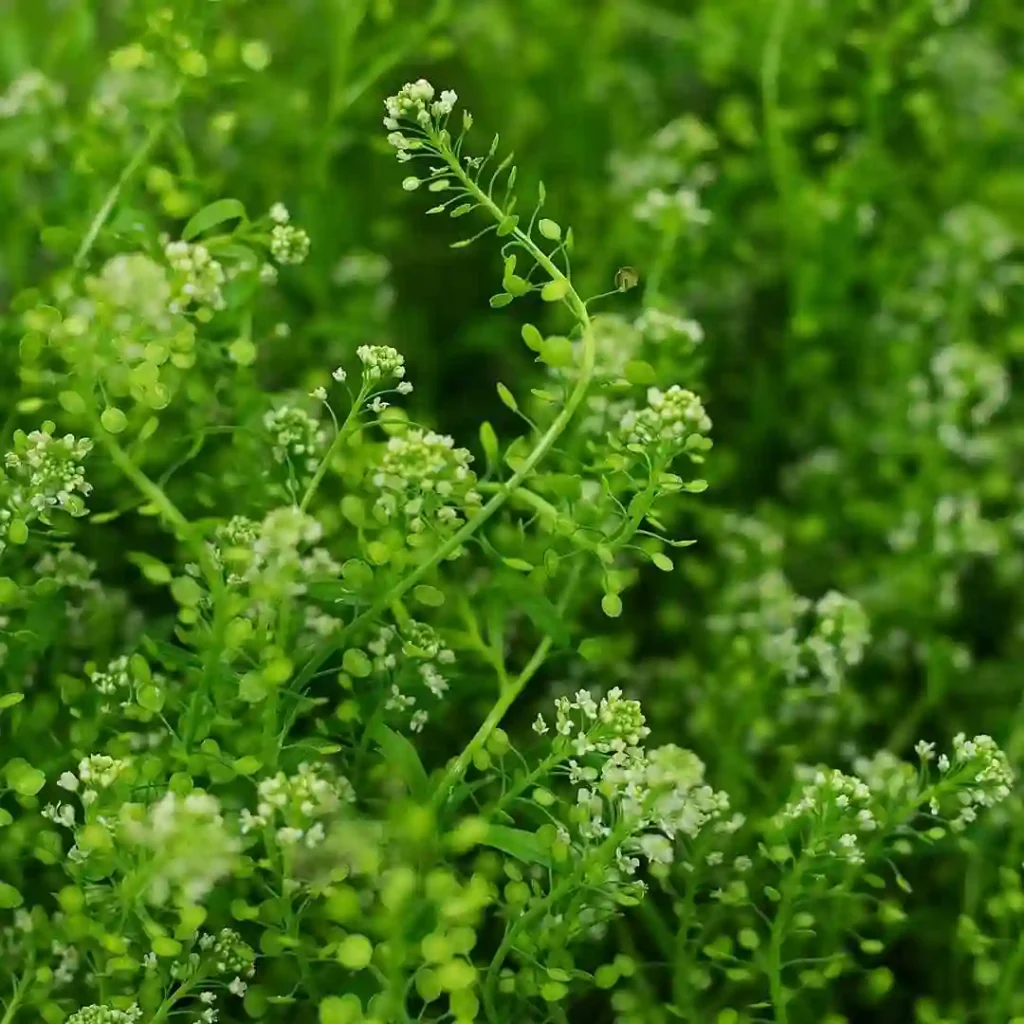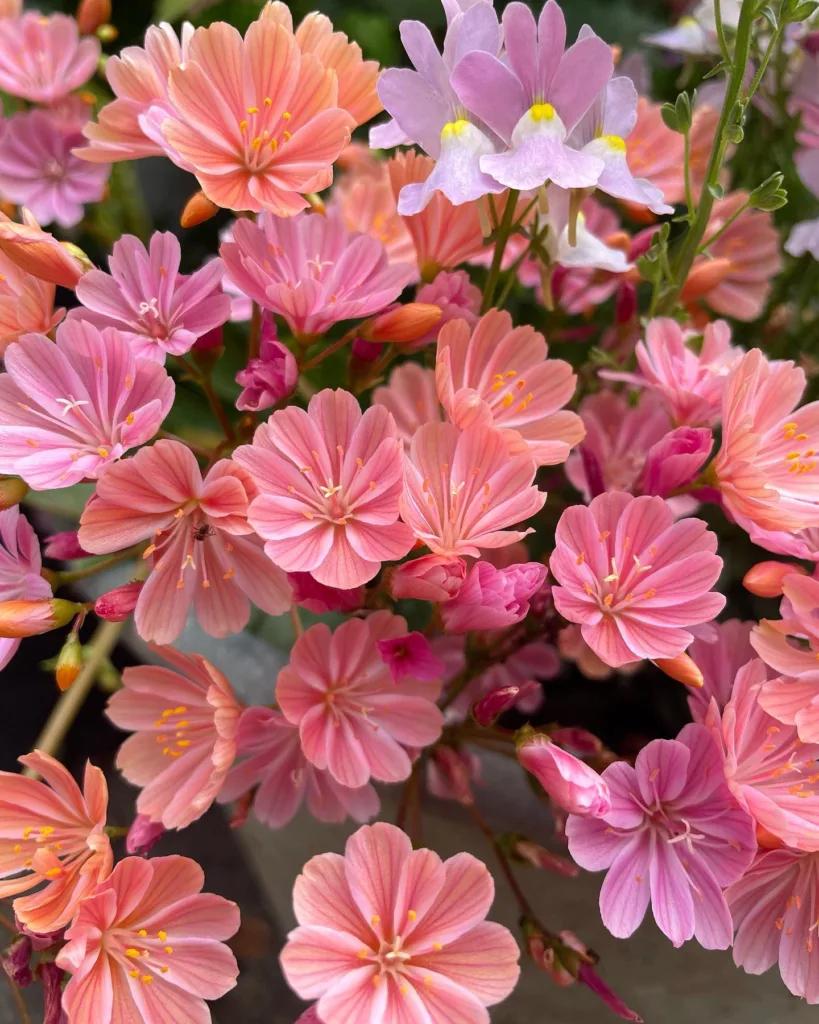Discovering the Ixioliriaceae Family: A Journey into Ixiolirion
As an avid plant enthusiast, I find joy in exploring the diverse world of botany. Recently, I delved into the Ixioliriaceae family, a lesser-known group that piqued my interest. This family consists of a single genus, Ixiolirion, which encompasses fascinating species that exhibit unique characteristics. In this article, I’ll share my insights and experiences with Ixiolirion and its significance within the plant kingdom.
Understanding the Ixioliriaceae Family
The Ixioliriaceae family is a small but intriguing group of flowering plants, primarily native to Central and Western Asia. This family is distinguished by its only genus, Ixiolirion, which is known for its bulbous perennial plants. These plants thrive in arid and semi-arid environments, showcasing their remarkable adaptability to challenging conditions.
What caught my attention about the Ixioliriaceae family is its uniqueness. Many plant families consist of multiple genera, but Ixioliriaceae is an exception. This singular focus gives it a distinctive charm and makes it easier for enthusiasts like me to study and appreciate its features.
Exploring the Genus Ixiolirion
Ixiolirion includes several species, each with its own fascinating traits. One of the most well-known species is Ixiolirion tataricum, often referred to as the Tatarian Ixiolirion. This plant has elongated, narrow leaves and produces stunning, bell-shaped flowers that can vary in color, typically ranging from violet to blue.
In my exploration of Ixiolirion tataricum, I was captivated by its resilience. These plants can survive in poor soil and harsh climates, showcasing their ability to adapt and thrive where many others fail. I remember visiting a botanical garden where I first encountered this species. The vibrant blooms against the stark landscape left a lasting impression on me. It was a reminder of nature’s tenacity and beauty.
The Habitat and Growth Conditions
Ixiolirion species are primarily found in regions with dry, well-drained soils. They often grow in grasslands, steppes, and rocky slopes. This habitat preference aligns with their evolutionary adaptations, allowing them to conserve water and withstand drought conditions.
In my own garden, I decided to create a small rock garden inspired by Ixiolirion. I planted drought-resistant plants alongside succulents, mimicking the natural habitats of these resilient flowers. Watching them flourish has been incredibly rewarding. Ixiolirion’s adaptability teaches us about sustainable gardening practices, especially in areas prone to dry spells.
Cultivation and Care
Growing Ixiolirion can be a rewarding experience for those interested in expanding their plant collection. While these plants are relatively low-maintenance, they do require specific conditions to thrive. Here are some tips based on my experiences:
- Soil: Ixiolirion prefers well-drained soil. A mix of sand, loam, and compost works wonders. I learned this the hard way when I initially planted them in heavy clay soil, which caused rot.
- Watering: These plants are drought-tolerant, so it’s best to water sparingly. I usually let the soil dry out between waterings. This approach mimics their natural environment and encourages healthy growth.
- Light: Full sun is essential for Ixiolirion. I placed mine in a sunny spot, ensuring they receive at least six hours of direct sunlight daily. This has helped them bloom beautifully.
- Fertilizing: While they don’t require much fertilizer, I found that a light application of a balanced fertilizer in early spring can boost their growth.
The Significance of Ixiolirion in Landscaping
In recent years, the Ixioliriaceae family, particularly Ixiolirion, has gained popularity in landscaping due to its unique aesthetic appeal and low water requirements. I’ve noticed more landscapers incorporating these plants into xeriscapes and rock gardens, showcasing their ability to thrive in arid conditions.
Moreover, Ixiolirion’s vibrant flowers attract pollinators, making them an excellent choice for environmentally conscious gardeners. When I added them to my garden, I was delighted to see bees and butterflies visiting the blooms, contributing to the local ecosystem.
Conclusion: Embracing the Ixioliriaceae Family
My exploration of the Ixioliriaceae family and the Ixiolirion genus has been an enriching experience. These resilient plants offer beauty and ecological value, reminding us of nature’s adaptability. Whether you’re a seasoned gardener or a curious novice, I encourage you to consider incorporating Ixiolirion into your plant collection. With the right conditions and care, you’ll find joy in watching these remarkable plants thrive.
The journey into the world of Ixioliriaceae has deepened my appreciation for the diversity of plant life. Each encounter with these plants is a reminder of the intricate relationships within ecosystems and the beauty that arises from resilience. I look forward to continuing my exploration and sharing my experiences with fellow plant lovers.
If i die, water my plants!



